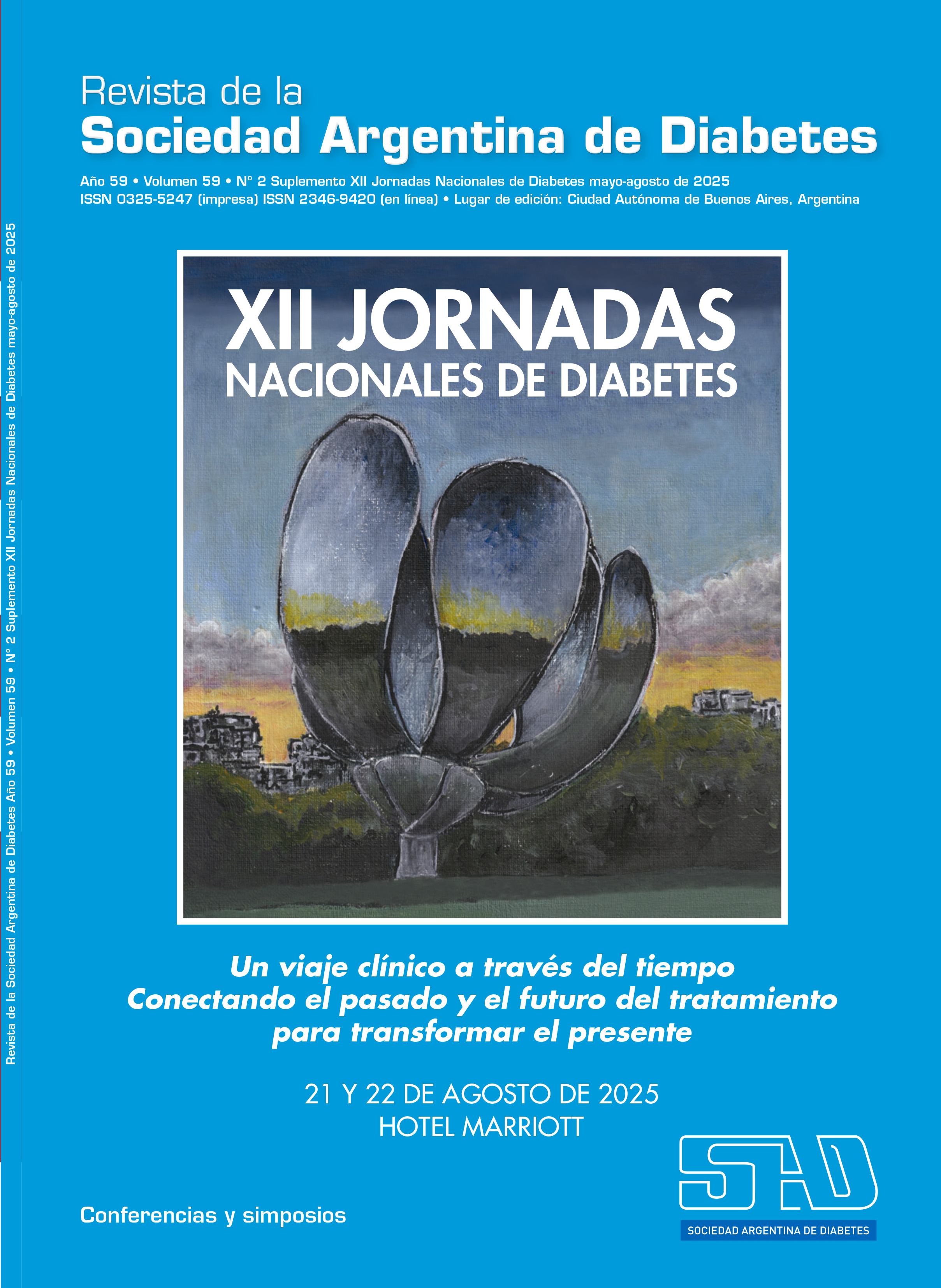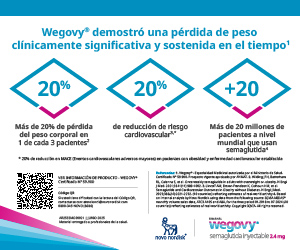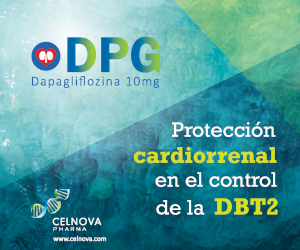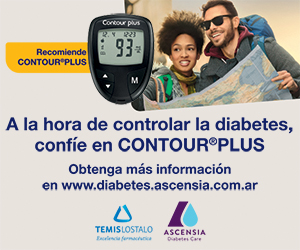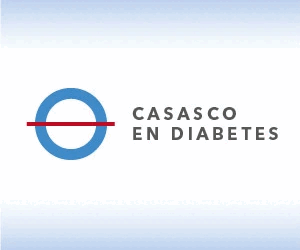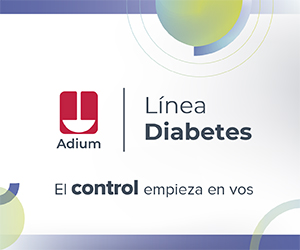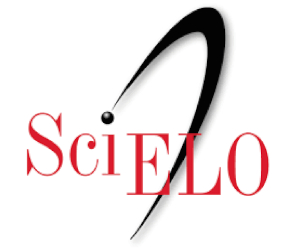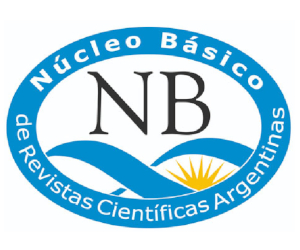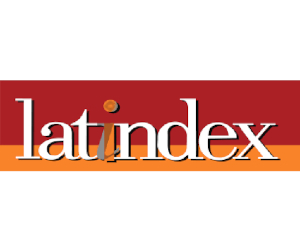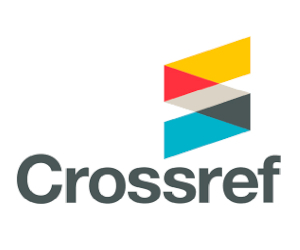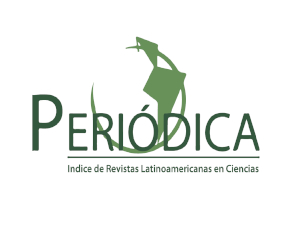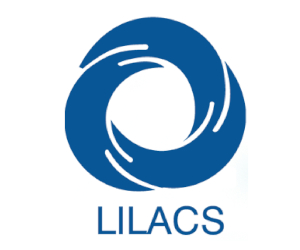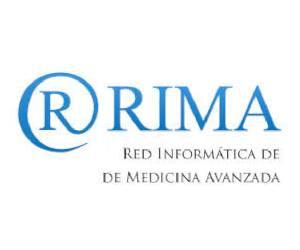Development of fluorescent imnunoassays for the detection of autoantibodies in autoinmune diabetes mellitus
DOI:
https://doi.org/10.47196/diab.v59i2Sup.1261Keywords:
fluorescent immunoassays, diabetes, type 1 diabetesAbstract
Introduction: type 1 diabetes mellitus (T1DM) is an autoimmune disease characterized by the selective destruction of pancreatic beta cells, mediated by specific autoantibodies such as GADA (anti-glutamic acid decarboxylase) and ZnT8A (anti-zinc transporter 8). Early detection of these autoantibodies is key to identifying individuals at risk and enabling interventions that may prevent or delay the onset of clinical disease1,2. However, current diagnostic methods —mainly radiometric and enzymatic immunoassays— have limitations in sensitivity, specificity, and technical requirements, making them difficult to implement in low- to medium-complexity laboratories and in large-scale screening programs.
Objectives: this project aimed to develop highly sensitive and specific fluorescent immunoassays for the simultaneous or individual detection of GADA and ZnT8A.
Materials and methods: to this end, a chimeric protein (ZnT8/GAD)3 was designed and produced, combining immunodominant epitopes from both autoantigens, allowing their joint detection in a single assay. Additionally, a recombinant variant of the GAD antigen fused to thioredoxin (TrxGAD)4 was evaluated, expressed in E. coli. The chimeric protein was produced in insect cells using the Bac-to-Bac® system and purified via nickel affinity chromatography. Proper expression and identity were verified by SDS-PAGE and Western blot. In parallel, TrxGAD was expressed and characterized to be used for individual detection of GADA.
Results: a double-paratope fluorescent immunoassay was developed and tested with 40 samples from diabetic patients, positive for one or both autoantibodies, obtained from the Laboratory of Immunoendocrinology (LIE), Faculty of Pharmacy and Biochemistry, University of Buenos Aires (UBA). The assay showed 100% specificity —all control samples yielded negative signals below the cutoff— and sensitivity exceeding 70%. Finally, a comparative analysis was conducted between three antibody detection methods: the reference radiobinding assay (RBA), a solid-phase enzymatic method (ELISA), and the proposed fluorescent immunoassay (fluorescent IE). The results demonstrated that the use of the ZnT8/GAD chimeric protein in combination with the fluorescent assay yielded results comparable to the reference RBA method, but with lower technical complexity.
Conclusions: In conclusion, a sensitive, specific, and technically accessible fluorescent immunoassay was successfully developed for the detection of autoantibodies in T1DM. Its implementation could significantly enhance early diagnosis and screening capabilities, particularly in resource-limited settings, supporting preventive interventions and improving clinical management of autoimmune diabetes.
References
I. Orban T, Sosenko JM, Cuthbertson D, Krischer JP, Skyler JS, Jackson R, et al. Pancreatic islet autoantibodies as predictors of type 1 diabetes in the diabetes prevention trial-type 1. Diabetes Care 2009;32(12).
II. Elding Larsson H, Vehik K, Gesualdo P, Akolkar B, Hagopian W, Krischer J, et al. Children followed in the TEDDY study are diagnosed with type 1 diabetes at an early stage of disease. Pediatr Diabetes 2014;15(2).
III. Trabucchi A, Bombicino SS, Sabljic AV, Marfía JI, Targovnik AM, Iacono RF, Miranda MV and Valdez SN (2023) Development of an immunoassay for the simultaneous detection of GADA and ZnT8A in autoimmune diabetes using a ZnT8/GAD65 chimeric molecule. Front. Immunol. 14:1219857.doi: 10.3389/fimmu.2023.1219857.
IV. Papouchado ML, Valdez SN, Ghiringhelli D, Poskus E and Ermacora MR: Expression of properly folded human glutamate decarboxylase 65 as a fusion protein in Escherichia coli. European Journal of Biochemistry 1997;246:350-9.
Downloads
Published
Issue
Section
License
Copyright (c) 2025 on behalf of the authors. Reproduction rights: Argentine Diabetes Society

This work is licensed under a Creative Commons Attribution-NonCommercial-NoDerivatives 4.0 International License.
Dirección Nacional de Derecho de Autor, Exp. N° 5.333.129. Instituto Nacional de la Propiedad Industrial, Marca «Revista de la Sociedad Argentina de Diabetes - Asociación Civil» N° de concesión 2.605.405 y N° de disposición 1.404/13.
La Revista de la SAD está licenciada bajo Licencia Creative Commons Atribución – No Comercial – Sin Obra Derivada 4.0 Internacional.
Por otra parte, la Revista SAD permite que los autores mantengan los derechos de autor sin restricciones.



